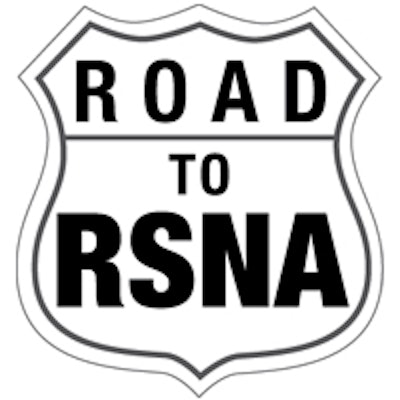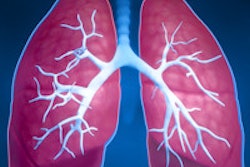
As RSNA 2015 turns a sprightly 101 this year, CT continues to pull tricks out of what always seems like its bottomless hat. In 2015, the all-purpose modality is doing its old tricks better than ever, and it's pulling off some new ones that hadn't seen much play before.
This year, for example, x-ray phase-contrast CT is being highlighted along with its magician-like ability to detail soft-tissue structures that mere photons couldn't seem to generate before. Researchers are developing algorithms to extract phase image information more efficiently as well, such as a phase-stepping procedure to efficiently extract signals.
Other quantitative CT techniques are gaining prominence, too. An investigational photon-counting CT scanner has recently taken up residence at the Mayo Clinic in Rochester, MN, opening the door to scans that can highlight a single very specific material. Not incidentally, the new scanner has generated a number of studies for this year's RSNA 2015 meeting, including one presentation on a special iterative reconstruction technique that removes the extra image noise that photon counting adds.
Lung cancer screening with CT is always a big draw at the meeting. A new study from the Netherlands looks at improving the nodule risk-classification schemes such as Lung-RADS with morphological information. Researchers from Boston ponder how lung cancer screening has changed at top academic centers in just two short years. Another study looks at how many people never come back after their first CT scan -- and why. Finally, investigators from Japan put contrast-enhanced dual-energy CT (DECT) head to head with PET/CT to distinguish benign from malignant lung nodules.
In the heart, spectral CT is being combined with biomarkers in a bid to determine the composition of coronary artery plaque and to see if it's possible to predict which lesions are prone to rupture.
In pancreatic cancer, researchers are measuring treatment response based on iodine uptake, not just tumor volume changes, in dual-energy CT.
Another group is using material decomposition CT to distinguish myriad lung abnormalities, while a third group applied a material decomposition algorithm to distinguish hemorrhage from calcifications in small hyperdensities commonly seen on admission CT in stroke patients.
Throughout the body, iterative reconstruction keeps improving its performance in the task of minimizing dose and maximizing image quality in everything from radiofrequency ablation for atrial fibrillation to characterizing hepatic metastases with ever-smaller radiation doses.
Speaking of radiation, size-specific dose estimates have become the dose-optimization method of choice. But do these dose estimates work with tube current modulation? Find out in a CT physics scientific session.
Among the many general topics to be explored at RSNA 2015, Dr. Max Wintermark from Stanford University leads a discussion on stroke triage.
And radiology luminary Dr. James Thrall from Massachusetts General Hospital in Boston ties it all in a bow with his plenary talk on Tuesday afternoon on the future of radiology -- i.e., the peril and the promise poised to unfold before us.
To view RSNA's complete listing of abstracts for this year's scientific and educational program, click here.



















